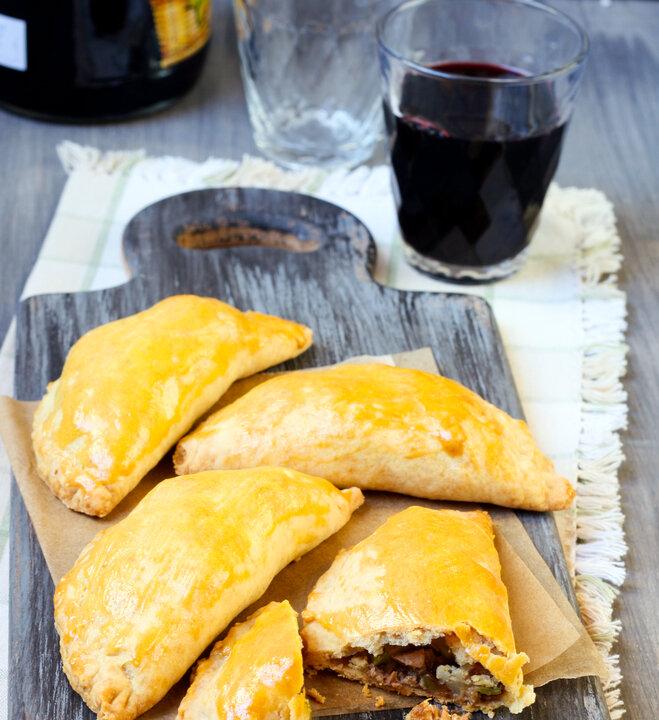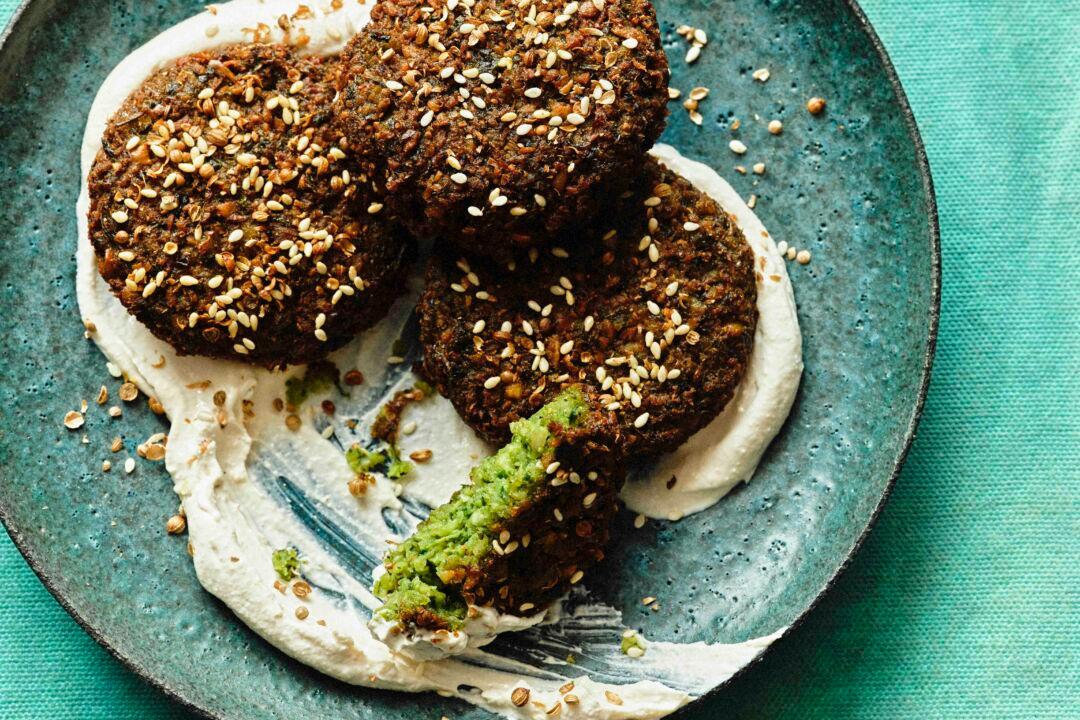Last April, I flew with my husband and three children to the United Kingdom. Jet-lagged but happy, we drove our manual transmission car for five hours southwest from London to Cornwall, where the wild daffodils popped out of the hedge like bursts of sunshine, and the colors of sky and ocean seemed to blend together to create a dramatic panoramic.
We woke up our first morning in an old restored barn built before the United States was even a dream, pulled on our wellies, and hiked two miles across delightful, hedge-lined country lanes until we reached the stunning cliff walk. With the baby in my carrier and my two older children clutching my hands, we made our way down the jagged stone steps to the beach below. Like any good English beach, it was populated with several shell hunters in raincoats and boots, and had a hut where one could purchase a nice hot cup of tea.





